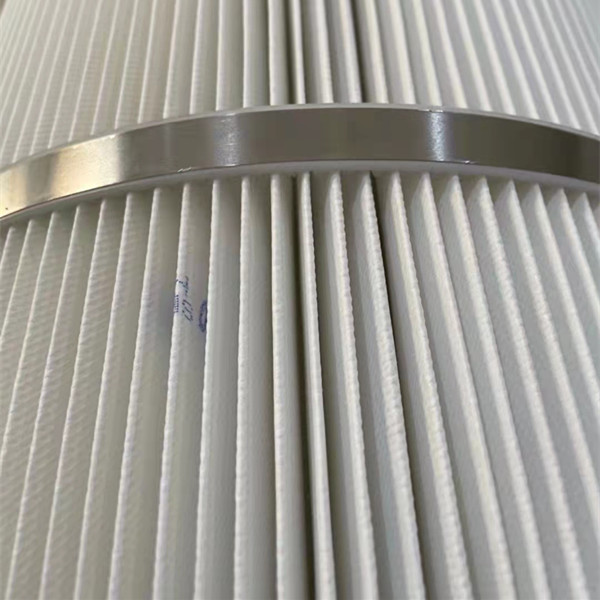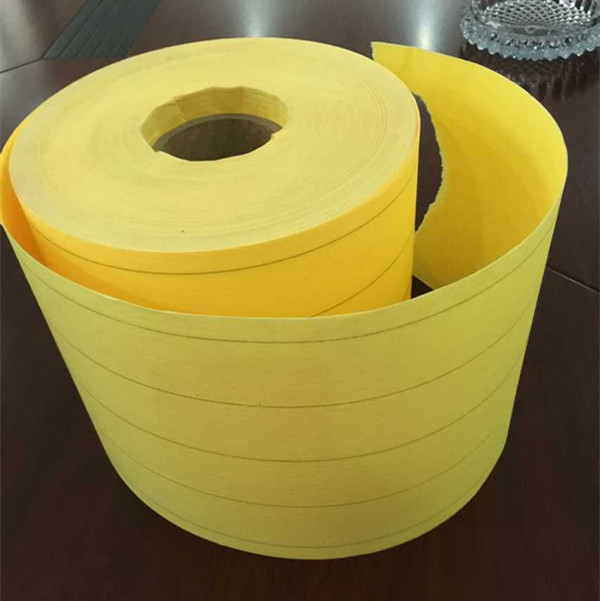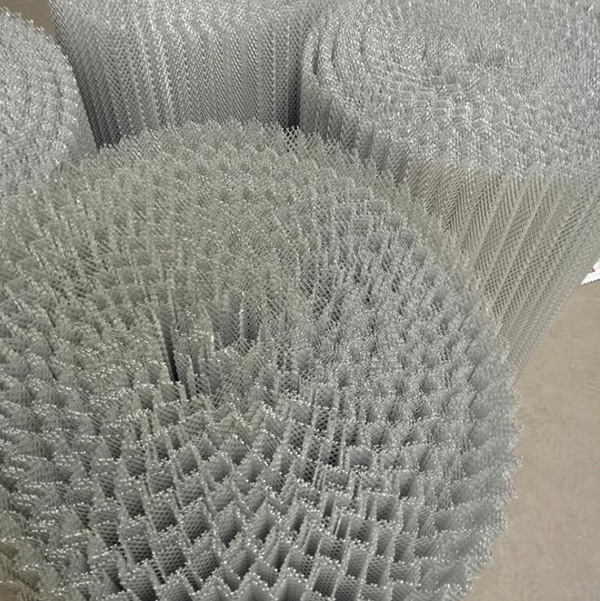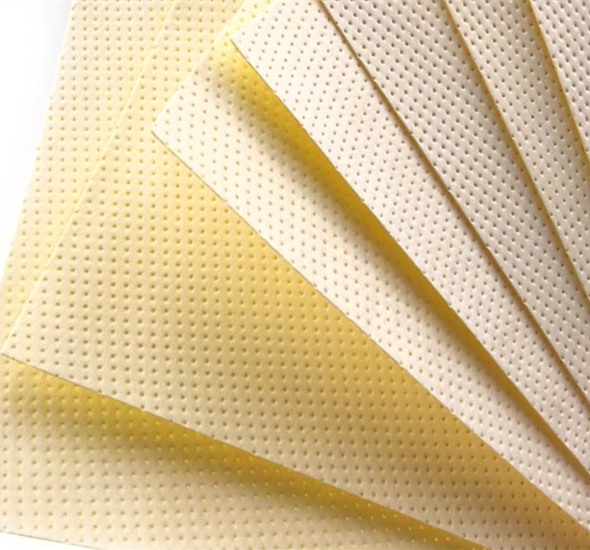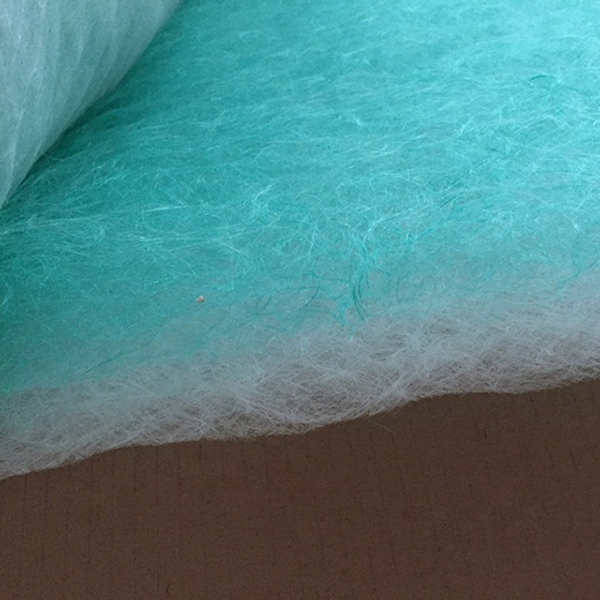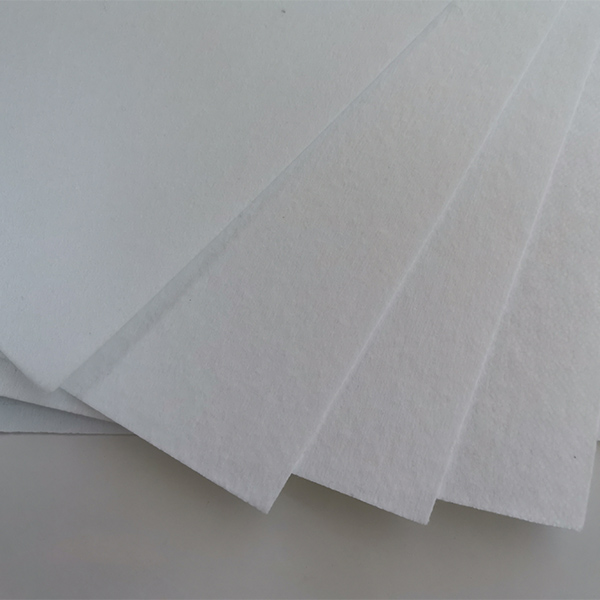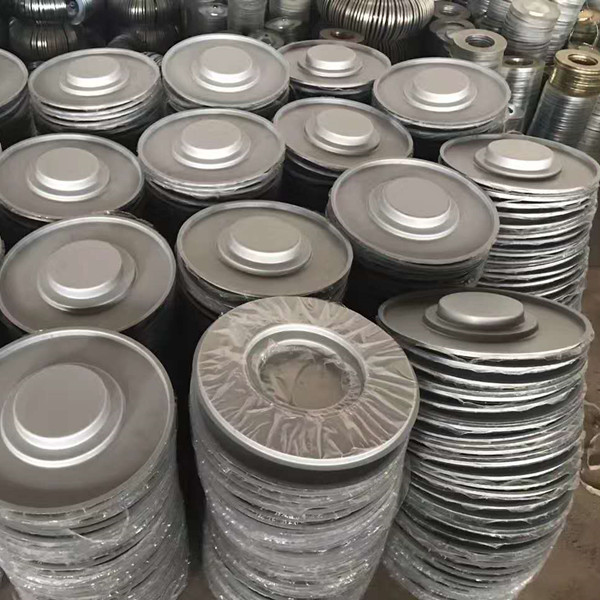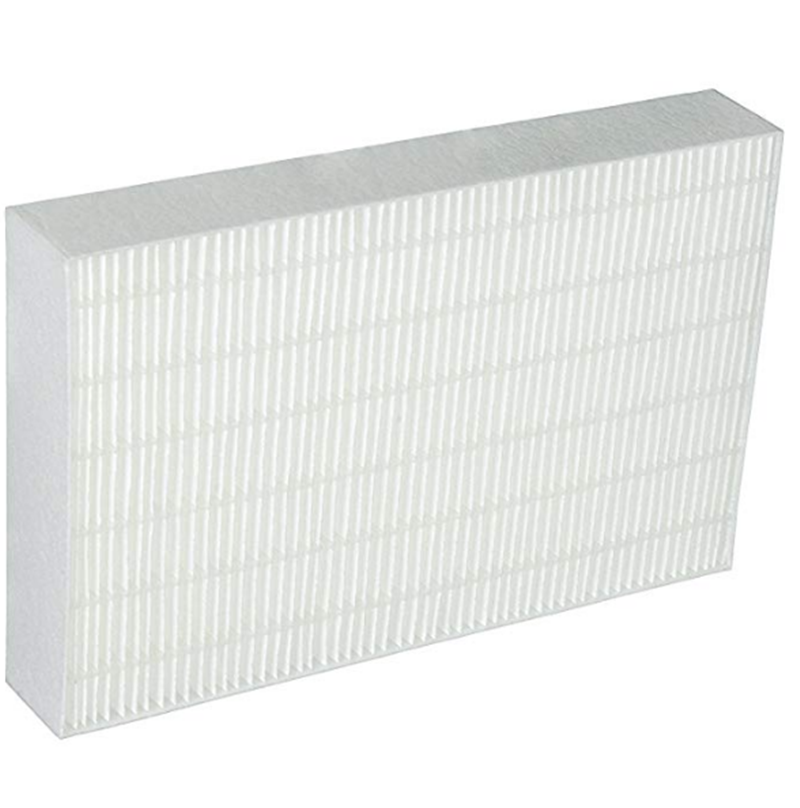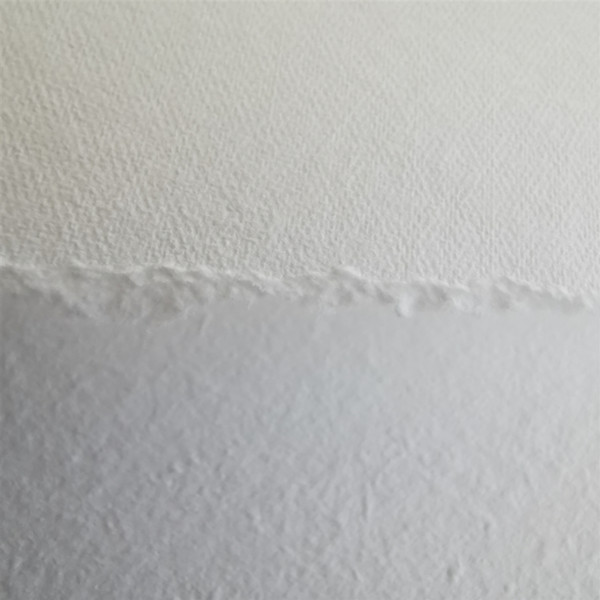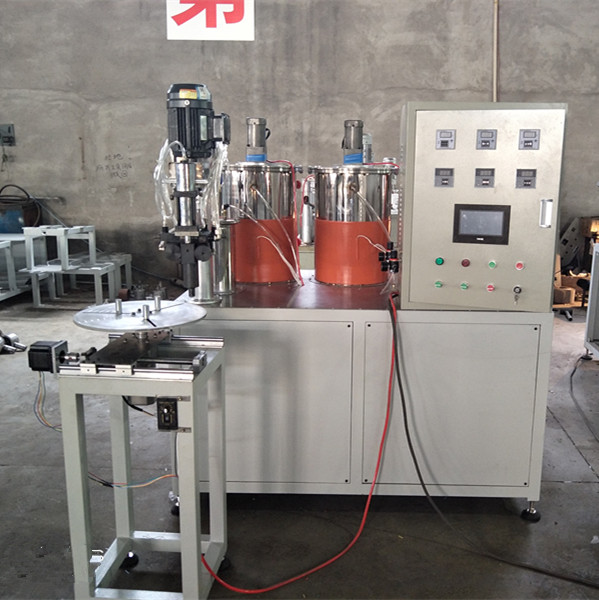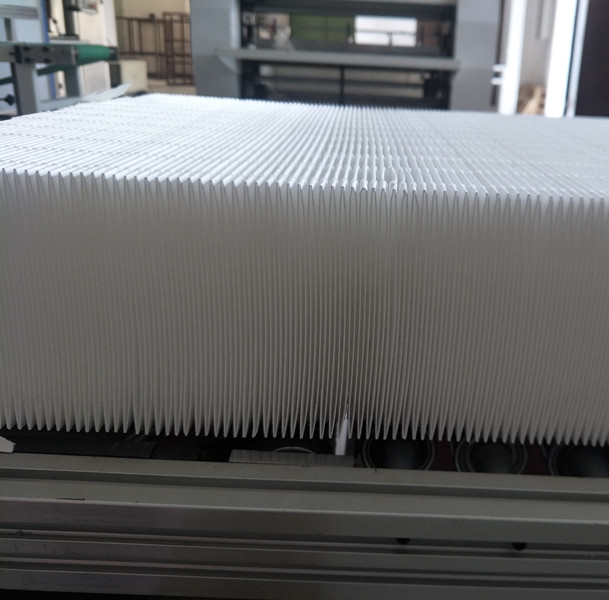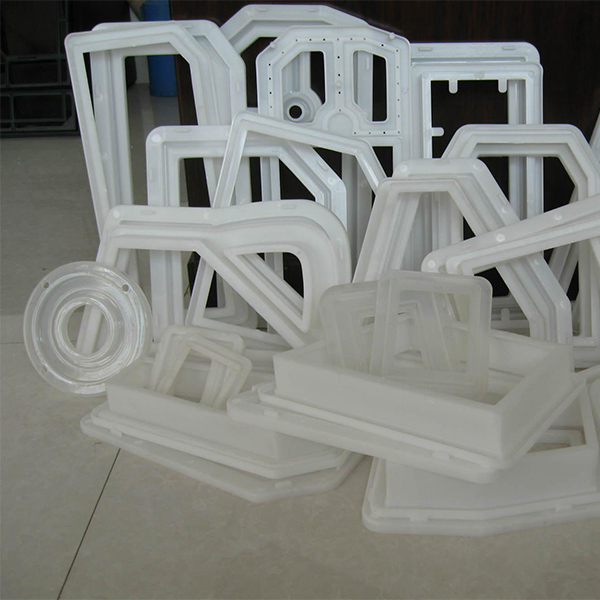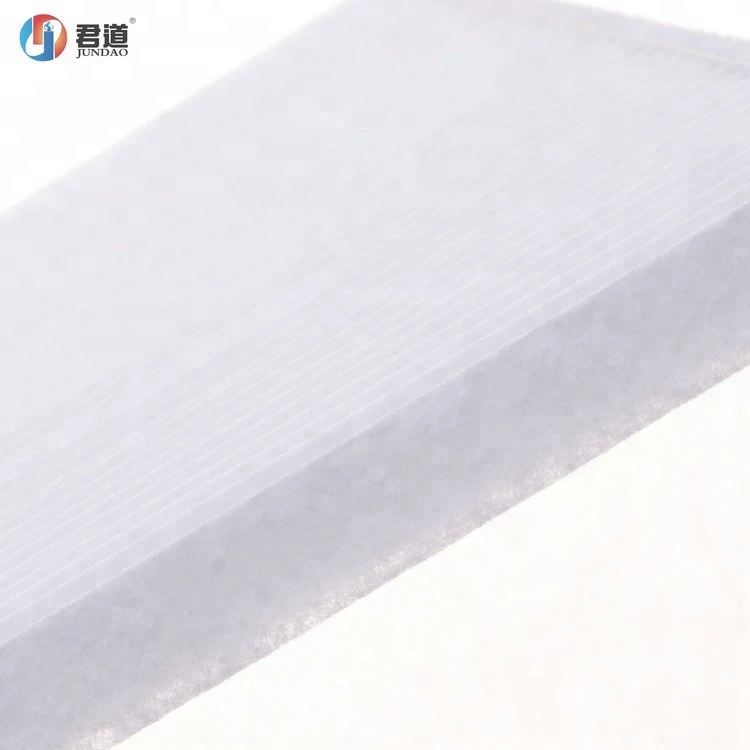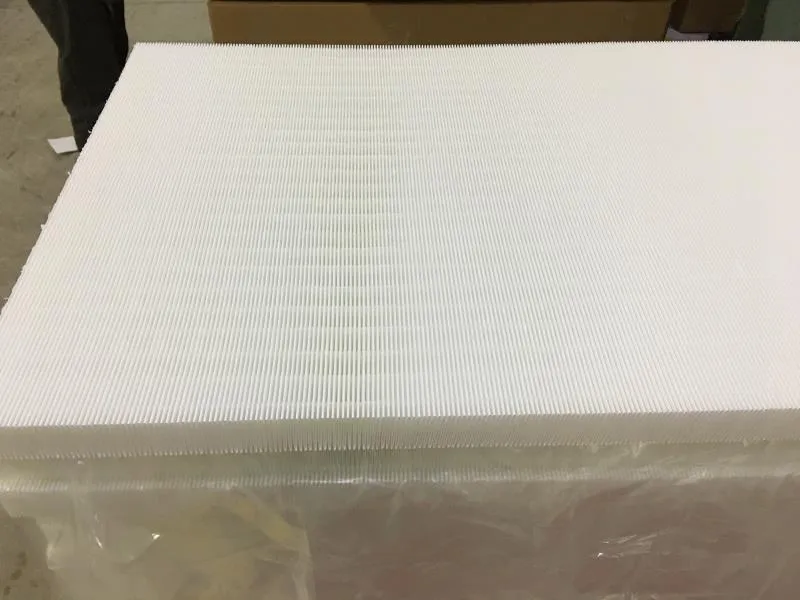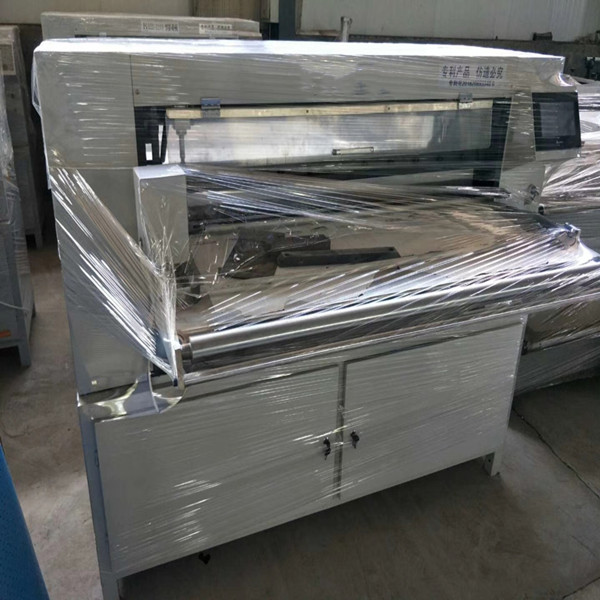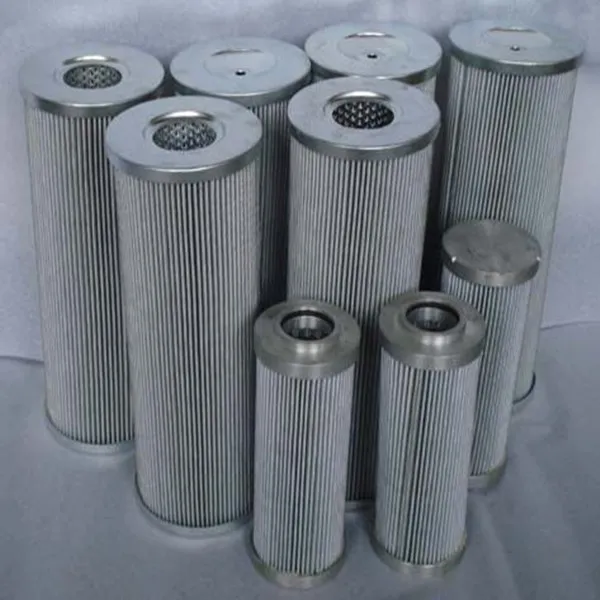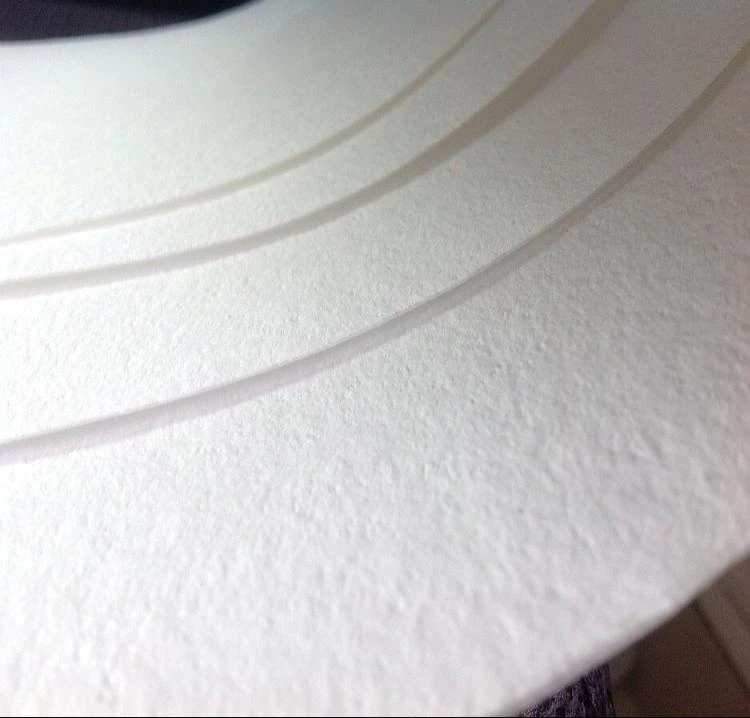In the era of deadly airborne viruses, air purification equipment has now shown various shapes and sizes. At last month’s Consumer Electronics Show CES, the company introduced a new portable air filter device for your bedside, cup holder, table top, meeting room, and even hanging around your neck. Although each of these devices can purify the air, the problem is that none of them can ventilate. Science increasingly shows that if you are serious about stopping the spread of the coronavirus, masks, social distancing and opening windows may do more than expensive electronic purification equipment.
Most air purifier designs use the same basic method. There is a filter and fan. The fan draws in and circulates air through the filter. The filters in these types of equipment are usually made of paper, fiber (usually glass fiber) or some type of net, which allows it to remove contaminants such as dust and pollen well, but cannot remove gas or less. particle. It is important to remember that the work efficiency claimed by the air purifier manufacturer is accurate after laboratory testing, but it is almost impossible to recreate the specific laboratory conditions. The location, installation, flow rate and running time of the purifier will greatly affect its working effect. Ventilation is usually a big problem. After the air is “purified”, the fan circulates it out, but the air is not ventilated to other areas of the space. Therefore, air purifiers often repeatedly purify the same air in their vicinity. The smaller the device, the greater the basic problem.
Medicīnas sabiedrība joprojām nav pārliecināta, cik gaisa attīrīšanas ierīču patiesībā palīdz apturēt koronavīrusa izplatību. Nav šaubu, ka tie var palīdzēt alerģijas slimniekiem un ir izmantoti jau daudzus gadus, taču filtrēt sīkas daļiņas, kas satur COVID-19, ir daudz grūtāk. Neviens ārsts nesaka, ka pārnēsājamas gaisa attīrīšanas iekārtas var atrisināt šo problēmu. Kā pirmo aizsardzības līniju eksperti iesaka valkāt maskas un turēties tālāk no sabiedrības. Ir daudz vieglāk nodrošināt, lai COVID-19 daļiņas nekad nenokļūtu gaisā, nekā filtrēt tās pēc to izkliedēšanas. Tomēr lielākā daļa gaisa attīrīšanas iekārtu šai situācijai nekaitēja.
More useful than filtration is to increase ventilation. Studies have shown that keeping the air “fresh” is one of the best ways to stop diffusion. Known as air change, the rate at which air is completely replaced in a space is a key indicator of the level of symbiosis risk. The more changes in the air, the better. Mayo Clinic professor and researcher Dr. Mark Ereth explained in our recent “Flexible Workplace” report how much air is needed to pass through a room to help eliminate ultrafine particles such as COVID-19. In an office building, there are several times an hour every three to six minutes,” he said. There is evidence that, with the aid of a central ventilation system, air purifiers increase the air exchange rate or volume. But open the windows is also like this.
Vienkārši gribu sniegt jums priekšstatu. Operāciju zālē gaiss tiek mainīts ik pēc trīs līdz sešām minūtēm, savukārt biroja ēkā vairākas reizes stundā.
“The most important thing to consider when buying an air filter is whether the space you want to use in it already has good ventilation-then the air filter won’t increase too much,” Dr. Shelly Miller, an environmental expert, Colorado An engineer at the University of Boulder told Webmd that his research focuses on the spread of airborne diseases.
Precīzāk sakot, ir grūti izpētīt, kā atvērt logu, lai mainītu ventilāciju. Gaisa plūsmu iekštelpās ir grūti modelēt vai pat paredzēt. Vislabākajam ēkas modelim pasaulē ir grūti atrisināt logu atvēršanas problēmu, jo gaisa plūsmas sistēma ir tik sarežģīta. Pats galvenais, logu atvēršana var būt tikpat efektīva kā gaisa attīrītāji vai pat efektīvāka. Atšķaidot iekštelpu gaisu, kas var saturēt COVID-19, ar vīrusu brīvu āra gaisu, samazināsies vīrusa koncentrācija gaisā, tādējādi samazinot inficēšanās iespēju. Pētnieki joprojām cīnās, lai noskaidrotu, cik daudz ventilācijas un kāds veids ir vislabākais. Medicīnas aprindās vienkārši nav pietiekamas vienprātības.
Columbia University virologist Angela Rasmussen told Vox: “There is no perfect “safe” level of ventilation because we actually don’t know what “safe” is because we don’t know how much exposure will cause spread.”
Nav ideāli, ja jums nav visu atbilžu, bet tas ir labāk nekā izlikties, ka jums ir atbildes. Godīga attieksme pret to, kas var darboties vai nedarboties, var palīdzēt cilvēkiem izdarīt labākas izvēles par to, kā saglabāt drošību. Tāpat kā daudzas galvas, kas saistītas ar gaisa attīrītājiem, galvas to nedara. Labākajā gadījumā tos var sajaukt ar drošības sajūtu. Sliktākajā gadījumā jonizatori, plazmas ģeneratori un elektrostatiskie nogulsnētāji var radīt pozitīvu apdraudējumu. Šīs ierīces uzlādē daļiņas tā, lai tās pieliptu pie virsmas, nevis peldētu gaisā, tādējādi radot ozonu kā blakusproduktu.
ASHRAE, a professional association that specializes in setting standards for ventilation and air-conditioning, said that when using equipment that may generate large amounts of ozone (respiratory tract irritant) as a by-product of its operation, “must be extra careful.” HEPA and ASHRAE recommend avoiding the use of any air purification devices that produce ozone as a by-product of cleaning indoor air in living spaces.
Labākā prakse tīram gaisam ir ventilācija. Modernā birojā logu atvēršana var nebūt iespējama daudzu iemeslu dēļ. Parasti logus vispār nevar atvērt. Šajā gadījumā jūs varat nodrošināt augstas kvalitātes gaisa filtrēšanas ierīču izmantošanu. Tā kā gaisa filtrēšana bez ozona bāzes nerada kaitīgas blakusparādības, vienīgie pārnēsājamo gaisa filtrēšanas iekārtu trūkumi ir izmaksas un troksnis. Ierīces tīrā gaisa pārneses ātrums (CADR) parāda lielāko daļu tās efektivitātes. Šajā novērtējumā ir ņemta vērā filtra efektivitāte un ventilatora jauda, lai noteiktu, cik daudz gaisa plūst caur filtru. Jo augstāks CADR, jo lielāka ir attīrīšanas telpa. Pareiza aprīkojuma iegāde ir tikai, lai noteiktu pareizo telpas izmēru. Atcerieties, jo lielāka ir ierīce, jo spēcīgāk ventilators cirkulēs gaisu un jo skaļāka būs skaņa. Biroja vidē ir jārēķinās ar lielu troksni. Augstas kvalitātes HEPA gaisa attīrītāja cena sākas no aptuveni 200 USD, un tā cena palielinās, palielinoties CADR līmenim. Daži cilvēki pat veido savus gaisa attīrītājus, piesaistot MERV filtrus pie kastes ventilatoriem par mazāk nekā 30 USD.
Strādājot ar iekārtām ar medicīniskām prasībām, vienmēr ir svarīgi nošķirt faktus no daiļliteratūras un gūt labumu no mārketinga. Produktu ražotāji, kuri cer gūt peļņu no milzīgā pieprasījuma pēc COVID-19 mazināšanas iekārtām, ir pārpludinājuši tirgu ar pārnēsājamām gaisa attīrīšanas iekārtām. Speciālisti uzskata, ka kvalitatīvai tehnikai noteikti nekas netiks nodarīts. Gaisa attīrītājus patiešām ir iespējams izgatavot, iztērējot simtiem vai pat tūkstošiem dolāru gaisa attīrīšanas iekārtām, taču mēs, iespējams, nekad neuzzināsim, cik daudz. Labāka atbilde ir valkāt masku un, ja iespējams, atvērt logu.
Propmodo izskaidro un definē tendences komerciālā nekustamā īpašuma profesionāļiem, apvienojot ziņas, pētījumus, pasākumus un mārketinga pakalpojumus.
• We believe that the future will be defined by leaders who understand the general environment of the real estate industry.
• We believe that the commercial future of real estate lies at the intersection of technology and marketing.
• We believe that the creative future of real estate lies in the intersection of user experience and design.
Izlikšanas laiks: 16.03.2021

